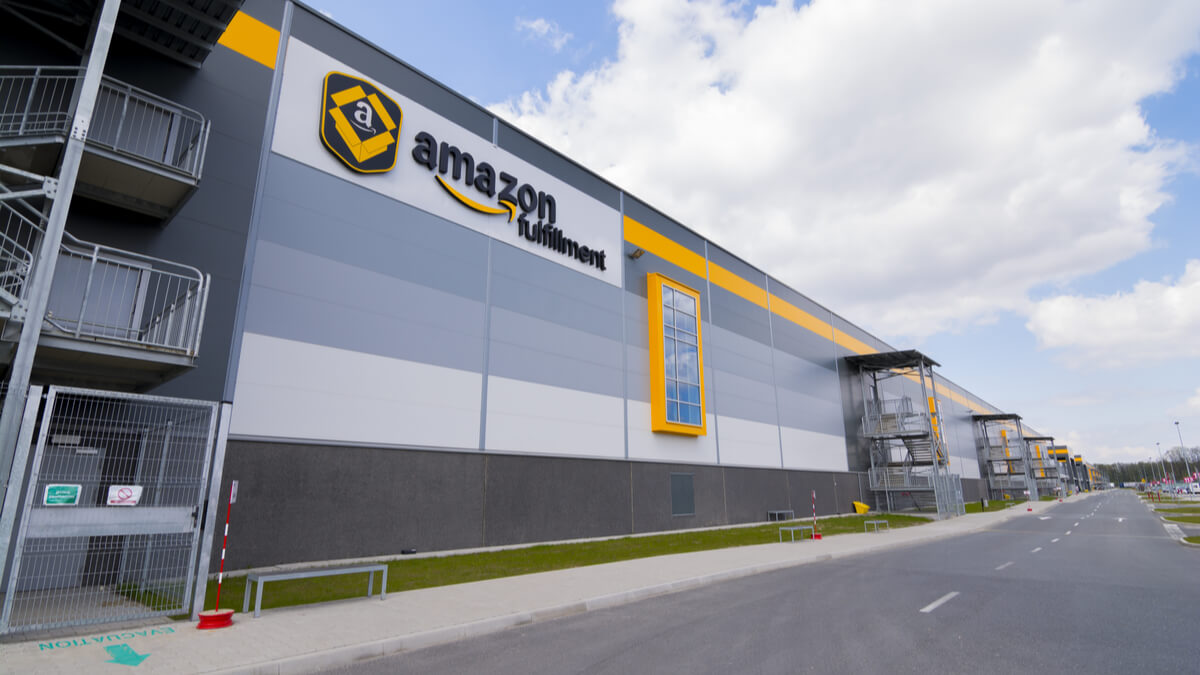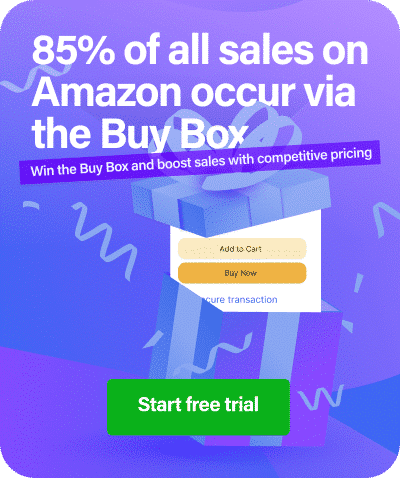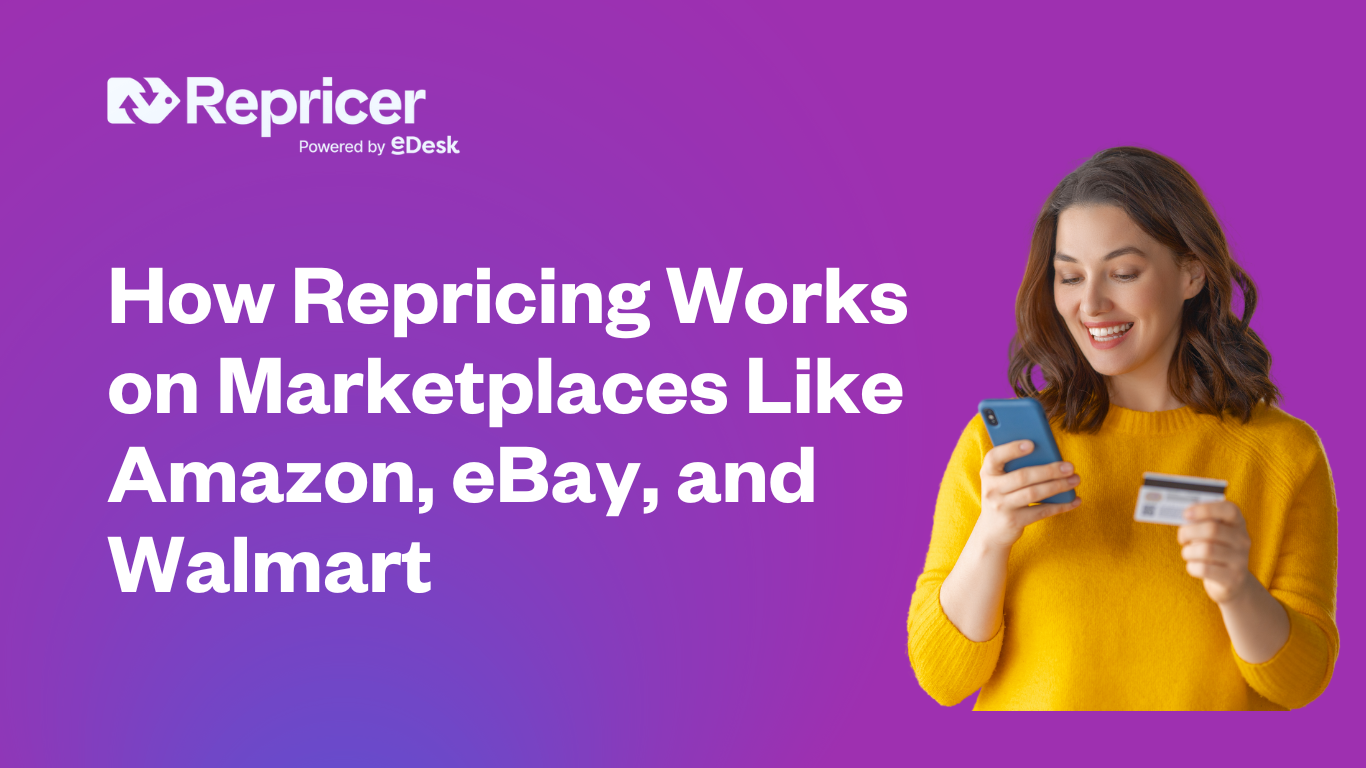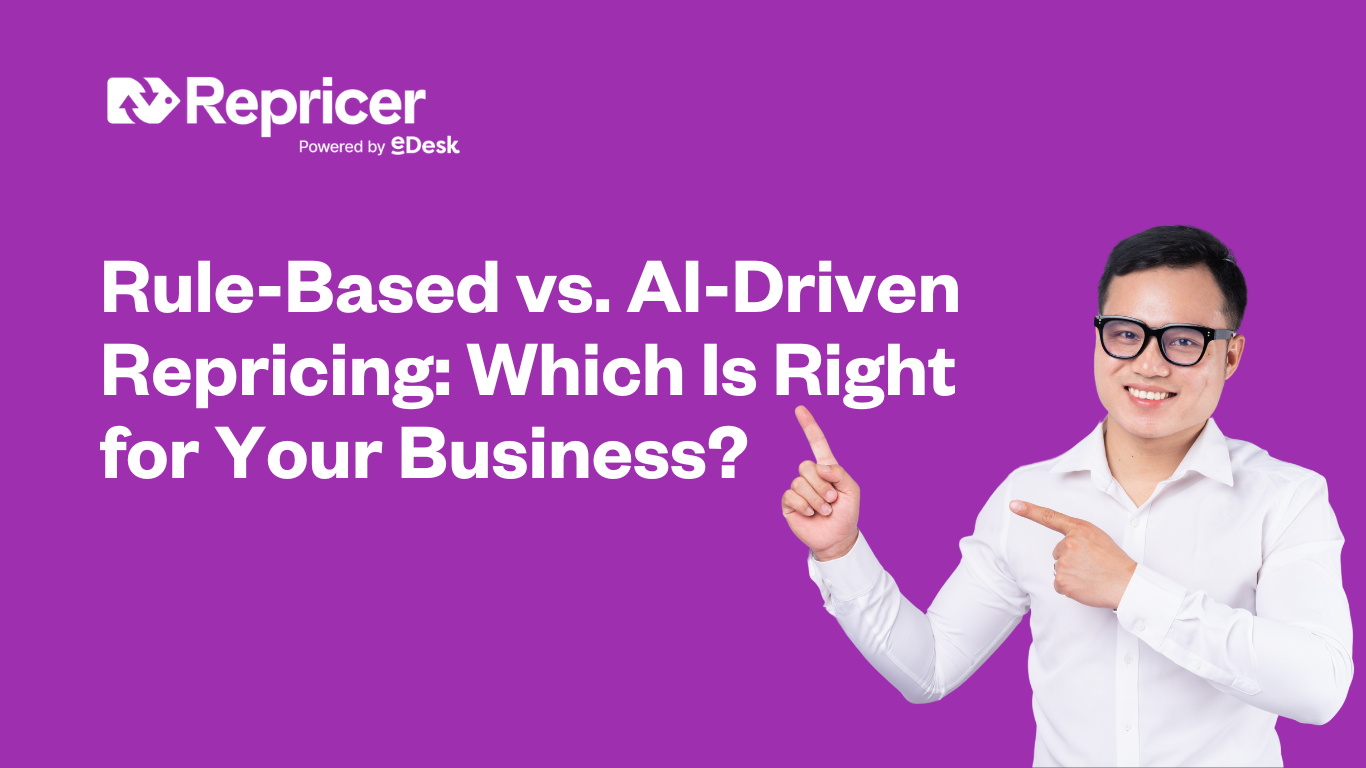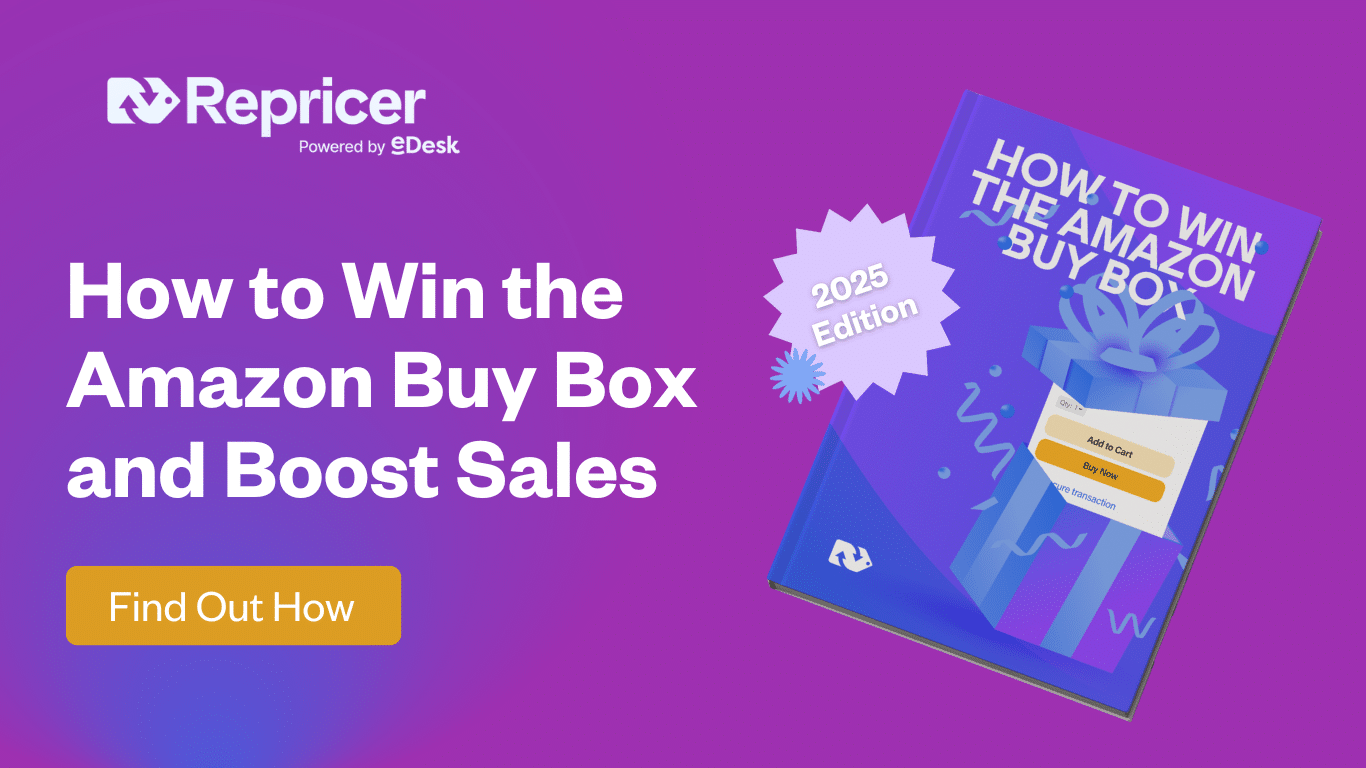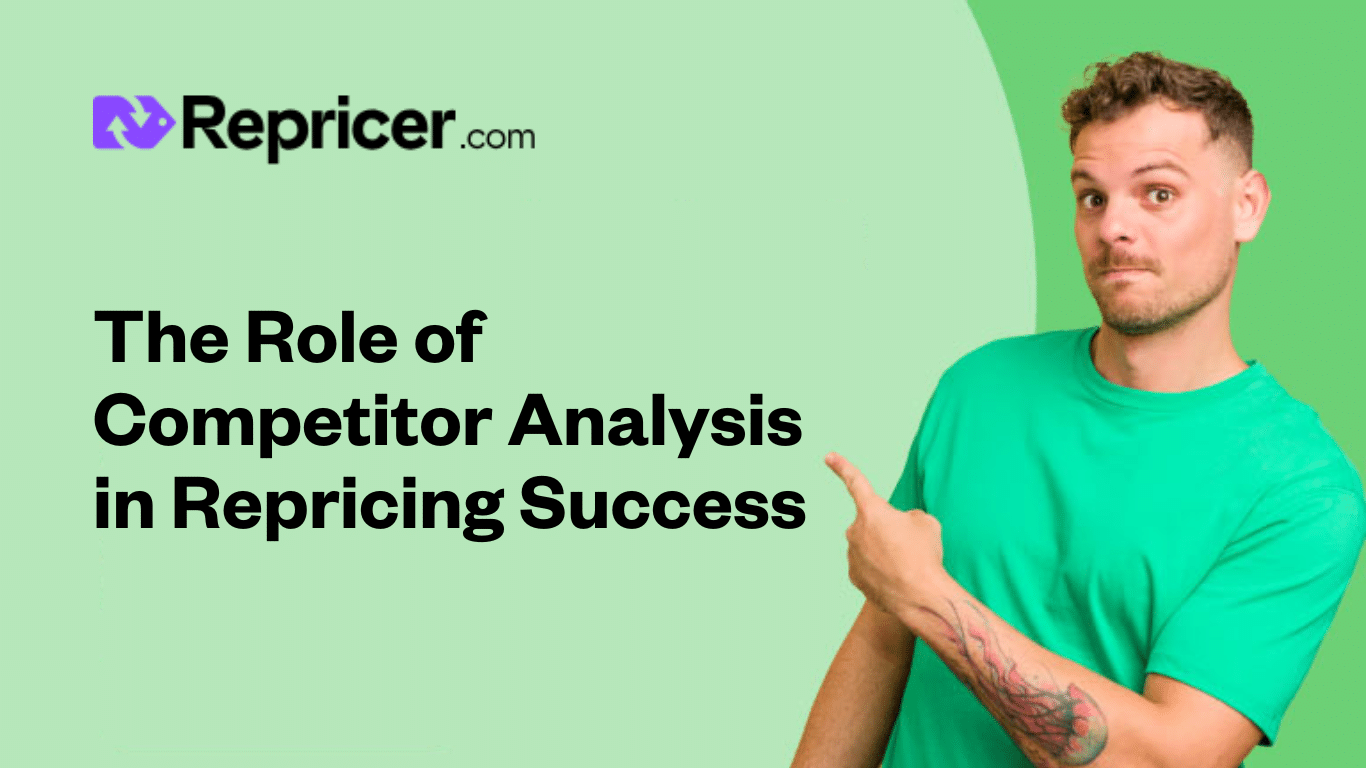Covid-19 has already had an enormous impact on our lives, from the impacts of social distancing to the widespread closure of business.
In recent days Amazon has made decisions which could have a significant repercussions for its third-party sellers. We’ve summarized what moves have been taken and some tips and advice that Amazon sellers can use to get through Covid-19.
How has Covid-19 affected sales on Amazon?
Following the announcement of social distancing measures across Europe and America, Amazon experienced a huge surge in demand for certain products, mostly in the household essentials, grocery and healthcare categories.
What action has Amazon taken?
Amazon took the decision to temporarily disable shipment creation of ‘non-essential items’ to its North American and European warehouses on March 17. These measures will be in place until April 5, although this date could change as the situation develops.
This means if you’re an Fulfillment by Amazon (FBA) seller, you won’t be able to restock into an Amazon warehouse if you aren’t selling in one of the six approved categories.

What are Amazon’s approved ‘essential items’?
Amazon hasn’t explicitly listed particular products which are currently regarded as essential. However, they have announced that most of the products they are accepting at this time are in the below are in the following categories:
- Baby Products
- Health & Household
- Beauty & Personal Care (including personal care appliances)
- Grocery
- Industrial & Scientific
- Pet Supplies
What does Amazon’s Covid-19 decision mean for you?
Depending on how you sell on Amazon, this decision will affect you in different ways. There are positive routes to take in every scenario, although some are more challenging than others.
If you sell an approved item using FBA?
You can continue to sell an approved item using FBA, but you should be extremely careful when setting your prices.
In this unprecedented time, Amazon is acting strongly and aggressively to enforce its Fair Pricing policy and prevent the unfair inflation of prices known as ‘price gouging’.
If you’re considered to be engaging in price gouging your account will be suspended and you could even face prosecution.
How do you set your prices at a competitive, but fair, level?
Amazon’s fair pricing policy states that you mustn’t “Set a price on a product or service that is significantly higher than recent prices offered on or off Amazon.” This may seem straightforward, but the prices are dynamic and treading the line between profitability and compliance can be challenging.
The ability to set maximum prices using repricer.com is a very useful feature in these challenging circumstances. This will give sellers the ability to ensure compliance by limiting how high their products will be priced, whilst still selling at the optimal price to win the Buy Box.
What if you sell products that aren’t approved, using FBA?
It will be the case for many third party Amazon sellers that you aren’t able to stock up using the FBA service. Due to the Covid-19 crisis, Amazon currently isn’t accepting requests to reclassify listings either, so if you’re not able to create a new shipment, your product hasn’t been considered a priority item.
You will still be able to sell any items that are already in Amazon warehouses during the Covid-19 crisis, you just won’t be able to stock up.
What should Amazon FBA sellers do?
If you’re an FBA merchant that’s selling ‘non-essential’ items on Amazon you have a couple options:
1. Switch to FBM
You can still sell your items on Amazon, but you’ll need to switch to Fulfilled by Merchant (FBM) instead of FBA. This will obviously cause some disruption to your sales operation as you will suddenly be responsible for the shipping and warehousing of your products. Amazon’s last mile delivery service is still operating for all items, despite the temporary closure of one delivery center.

2. Use Seller Fulfilled Prime
You can still take advantage of the benefits that come with using the FBA service by using the Seller Fulfilled Prime service. Sellers who use the Seller Fulfilled Prime service have increased chances of winning the Buy Box and can utilize Amazon’s after-sales customer service, just like FBA sellers. To qualify for Seller Fulfilled Prime, you must fulfill some pretty stringent performance criteria and pass a trial period.
3. Use a high performance repricer
If you’re still able to sell certain essential items on Amazon, it’s vitally important to have the right pricing software. As mentioned, Amazon is aggressively clamping down on sellers that are falling foul of its Fair Pricing policy. Repricer.com’s maximum price limits will ensure you’re compliant and can keep selling profitably.
4. Sell on multiple marketplaces
It’s always sensible to diversify where you sell, particularly if you’re moving towards fulfilling products yourself. You should also consider selling on your own website using shopping cart software such as Shopfiy or BigCommerce.
5. Ensure you have eCommerce customer service software
If you’re not able to sell using FBA and if you decide against using Seller Fulfilled Prime, you’ll be responsible for your own customer service on Amazon.
Seller performance is vitally important to your products’ visibility and Buy Box performance, so it’s a good idea to use a helpdesk specifically built for eCommerce, such as eDesk. The centralized dashboard and A.I. generated suggested responses make multichannel customer support considerably easier.
